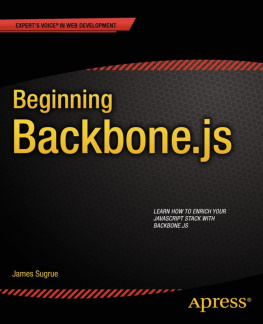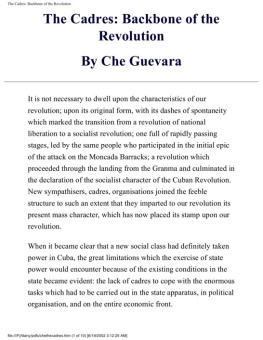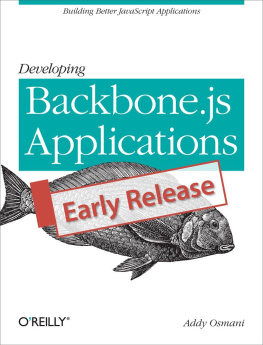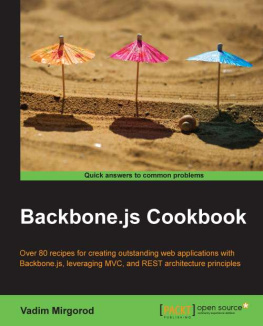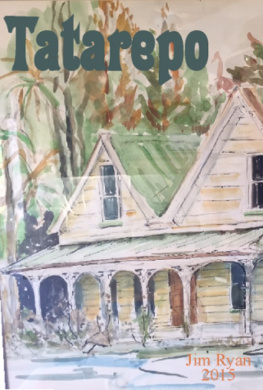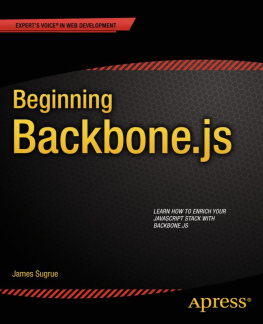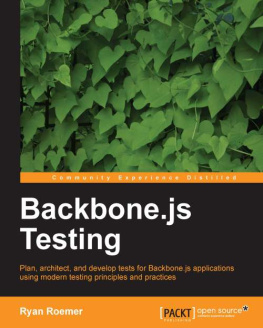THE DAVID J. WEBER SERIES IN THE NEW BORDERLANDS HISTORY
Andrew R. Graybill and Benjamin H. Johnson, editors
Editorial Board
Juliana Barr
Sarah Carter
Kelly Lytle Hernndez
Cynthia Radding
Samuel Truett
The study of borderlandsplaces where different peoples meet and no one polity reigns supremeis undergoing a renaissance. The David J. Weber Series in the New Borderlands History publishes works from both established and emerging scholars that examine borderlands from the precontact era to the present. The series explores contested boundaries and the intercultural dynamics surrounding them and includes projects covering a wide range of time and space within North America and beyond, including both Atlantic and Pacific worlds.
Published with support provided by the William P. Clements Center for Southwest Studies at Southern Methodist University in Dallas, Texas.
This book was published with the generous financial support of the Colgate University Research Council.
2020 The University of North Carolina Press
All rights reserved
Set in Merope Basic by Westchester Publishing Services
Manufactured in the United States of America
The University of North Carolina Press has been a member of the Green Press Initiative since 2003.
Library of Congress Cataloging-in-Publication Data
Names: Hall, Ryan, 1986 author.
Title: Beneath the Backbone of the World : Blackfoot People and the North American Borderlands, 17201877 / Ryan Hall.
Other titles: David J. Weber series in the new borderlands history.
Description: Chapel Hill : The University of North Carolina Press, [2020] | Series: The David J. Weber series in the new borderlands history | Includes bibliographical references and index.
Identifiers: LCCN 2019041166 | ISBN 9781469655147 (cloth ; alk. paper) | ISBN 9781469655154 (paperback ; alk. paper) | ISBN 9781469655161 (ebook)
Subjects: LCSH: Siksika IndiansHistory18th century. | Siksika IndiansHistory19th century. | Siksika IndiansForeign relations. | Kainah IndiansHistory. | Piegan IndiansHistory. | Great PlainsColonizationHistory. | Canadian-American Border RegionHistory.
Classification: LCC E99.S54 H28 2020 | DDC 978.004/97352dc23
LC record available at https://lccn.loc.gov/2019041166
Cover illustration: Karl Bodmer, Great Camps of the Piekanns near Fort McKenzie, from Maximilian Wied, Travels in the Interiors of North America (London: Ackerman and Co., 1843). Courtesy of the Beinecke Rare Books and Manuscript Library, Yale University.
Acknowledgments
The process of researching and writing this book has been more challenging and more rewarding than I ever could have imagined when I began. I could never have reached this point without immense support in both my professional and personal lives, and I owe many debts. Whatever strengths this book may have exist because other people lifted me up throughout this journey.
First, I must thank the brilliant collection of scholars who have taken the time to read the manuscript at various stages of its evolution. Sarah Carter, Michel Hogue, Andrew Graybill, John Mack Faragher, Ned Blackhawk, Joanne Freeman, Jay Gitlin, and Becca Loomis all read the entirety of the work at different points, and I am deeply grateful for their guidance and insights. Stephen Aron, Carolyn Podruchny, Boyd Cothran, Gerald and Joy Oetelaar, George Colpitts, Dave Petruccelli, Max Scholz, Andrew Offenburger, Ben Johnson, and Eric Meeks all read at least a chapter or provided invaluable feedback. I have also shared portions of my written work with several working groups, including the Yale Group for the Study of Native America, the Imagining and Inhabiting Northern Landscapes group at the University of Toronto, the History of Indigenous Peoples Network at York University, the Western History Workshop hosted by the University of Washington, and the Newberry Librarys American Indian Studies Workshop. Thank you to everyone who took the time to read my work and who challenged me to do better.
I am also grateful for the guidance and advice I received from historical communities in Montana and Alberta, and in the Blackfoot nations themselves. Rosalyn LaPier has inspired me with her incisive and imaginative scholarship and her commitment to the Blackfeet community. As I was just beginning my research in 2010, I emailed Rosalyn and she generously invited me to a conference at the Blackfeet Reservations Piegan Institute on the topic of dogs in Blackfoot history and culture. The experience impressed on me deeply the richness and complexity of the Blackfoot experience. In subsequent visits to Browning, I had edifying conversations with Carol Murray, Darrell Norman, Lea Whitford, Marvin Weatherwax, Ginny Weeks, Woody Kipp, and especially the late Darrell Robes Kipp. At the University of Montana, Bill Farr and Kate Shanley took the time to meet with me and give me good advice. In Fort Benton, the guys at the Overholser Historical Research Center, especially the late Bob Doerk, pointed me toward sources on early Montana history. In Lethbridge, Ryan Heavy Head and Sheila McManus both gave me valuable guidance. Ted Binnema, Gerhard Ens, Alice Kehoe, Elizabeth Fenn, and Pekka Hmlinen each helped to orient me early on and graciously shared their wealth of research experience on the northern plains, despite my being a newcomer to their field.
My career has taken me to several stops, each of which has shaped my perspective on this history. During my graduate studies at Yale University, I benefited from an extraordinary group of mentors and friends. Ned Blackhawk championed my research and pushed me to immerse myself in Indigenous studies and to strive for incisive argumentation. He also proved a spirited adversary on the basketball court most Friday mornings. John Mack Faragher has always given me sage advice and impressed upon me how to behave both as a scholar and as a colleague in this profession, and how to build arguments carefully from a deep foundation of empirical research. He has remained a trusted mentor and friend long after I graduated. Joanne Freeman, Jay Gitlin, Paul Sabin, Chuck Walton, George Miles, and many other members of the Yale community challenged me to hone my craft at every step. At the same time, I learned a great deal from the amazing friends I made in graduate school, including Dave Petruccelli, Max Scholz, Caitlyn Verboon, Chris Bonner, Andrew Offenburger, Taylor Spence, Tiffany Hale, Alice Baumgartner, and many others. I could say a great deal about each and every one of them and the many times they inspired me to grow and learn.
Living and working in Canada deepened my appreciation for northern history, beginning with my two years as a fellow at the University of Torontos University College (U.C.). I am grateful to U.C. principal Donald Ainslie and vice-principal John Marshall for giving me the opportunity to start my career at an amazing institution and to truly immerse myself in Canadian history and culture. My office neighbors VK Preston and Scott Rayter made U.C. a fun place to spend my days. Boyd Cothran and Tanya Cothran introduced me to the city of Toronto, and Robert Bothwell and Tim Sayle reached out to welcome me from the University of Toronto History Department.



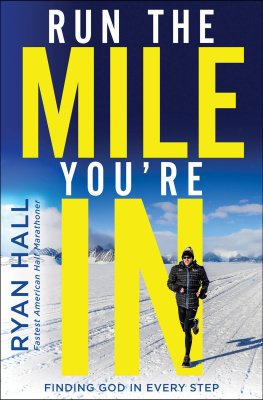
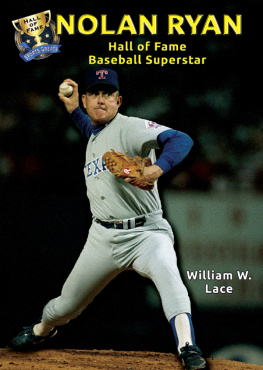
![RachelLeach - Developing Backbone.js applications: [building better JavaScript applications]](/uploads/posts/book/229199/thumbs/rachelleach-developing-backbone-js-applications.jpg)
